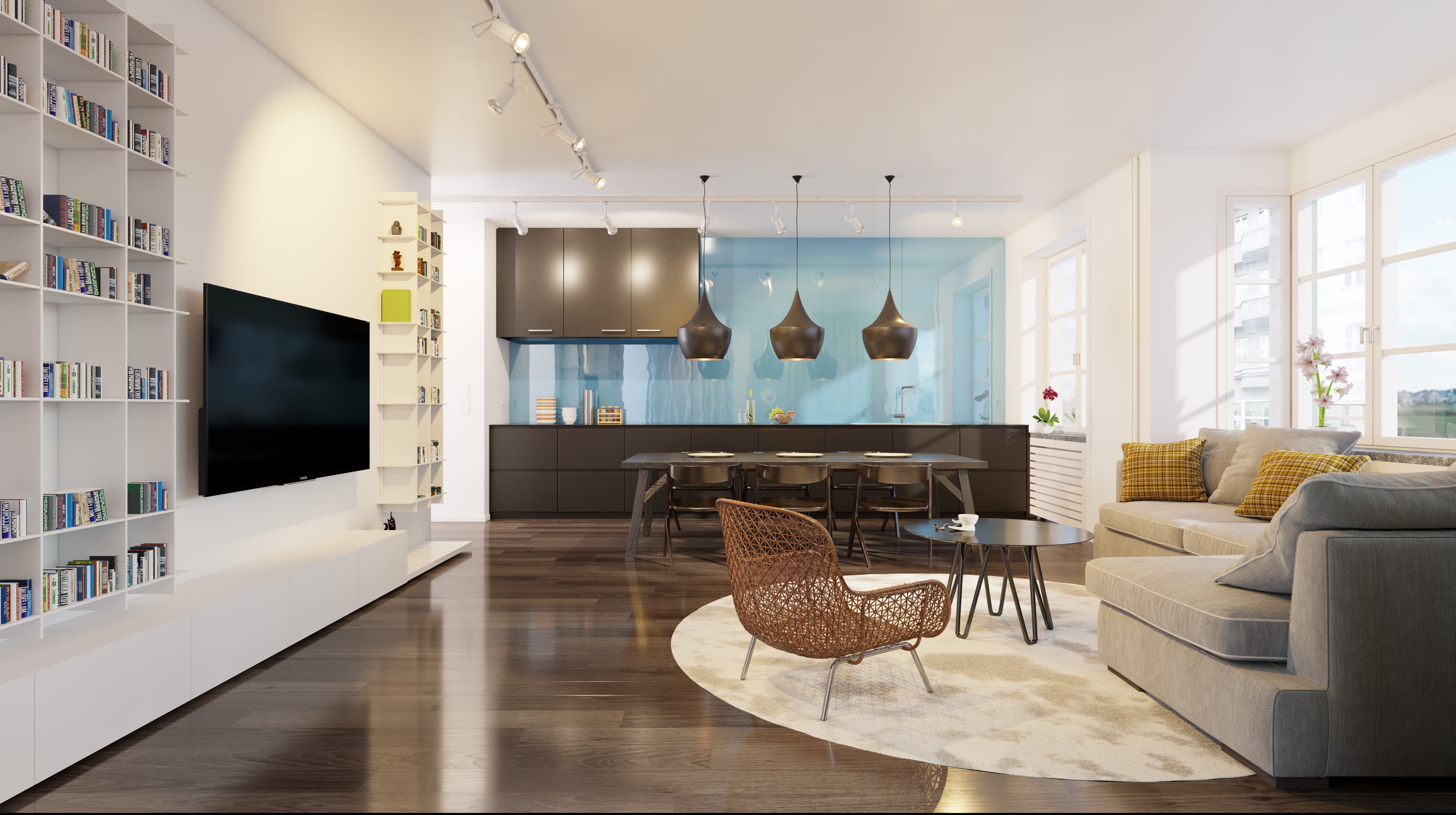
The 1930s marked a significant era in architectural history, particularly in the domain of 1930s council house design. This pivotal period witnessed the emergence of distinctive housing schemes and design principles that not only addressed the pressing housing shortage but also laid the foundation for modern urban planning and architecture in the United Kingdom.
Historical Context and Social Housing Initiatives
The 1930s was an era marked by a surge in urbanization and a dire need for affordable housing solutions. In response to this demand, local councils in the UK embarked on ambitious social housing initiatives, introducing the concept of council housing to address the housing crisis.
The essence of 1930s council house design was rooted in providing functional, affordable, and quality housing for working-class families, shaping the urban landscape and societal living standards.
Architectural Characteristics and Design Elements
The architecture of 1930s council house design embraced certain distinctive characteristics. The houses typically featured brick construction, tiled roofs, bay windows, and symmetrical facades, mirroring a blend of traditional and modern architectural elements.
The design aimed for practicality and aesthetic appeal, often incorporating elements of Art Deco or Neo-Georgian influences, adding a touch of elegance to the housing schemes.
Spacious Interiors and Functional Layouts
The interiors of 1930s council houses were designed with functionality in mind. The houses boasted generous room sizes, high ceilings, and well-lit spaces, ensuring a comfortable living environment for families.
Efficient layouts comprising separate living areas, kitchen spaces, and bedrooms catered to the needs of growing families, promoting a sense of openness and functionality within the homes.
Community Planning and Green Spaces
The design of 1930s council house estates extended beyond individual houses. Emphasis was placed on community planning, incorporating green spaces, communal gardens, and playgrounds within the housing schemes.
These communal areas fostered a sense of community spirit, encouraged social interaction among residents, and provided recreational spaces for families within the estate.
Innovation in Infrastructure and Amenities
The 1930s council house design introduced innovations in infrastructure and amenities. Modern utilities like running water, electricity, indoor plumbing, and functional kitchens were integrated into these houses, enhancing the quality of life for residents.
The inclusion of these amenities marked a significant leap forward in providing comfortable and convenient living conditions for working-class families.
Enduring Legacy and Architectural Heritage
The legacy of 1930s council house design endures to this day, with many of these houses still standing as a testament to the era’s architectural heritage. Some have undergone refurbishments while retaining their original architectural charm, catering to modern-day living requirements.
The enduring legacy of these houses reflects their architectural significance and their role in shaping the socio-economic landscape of the UK.
Challenges and Adaptations
While the 1930s council house design was a milestone in housing provision, it also faced challenges. Over time, some houses required adaptations to meet contemporary living standards, leading to modifications and refurbishments to accommodate modern amenities and energy efficiency requirements.
However, these adaptations preserve the essence of the original design while ensuring the houses remain relevant and functional in today’s context.
Conclusion: Architectural Significance and Heritage
In conclusion, 1930s council house design represents a pivotal chapter in the history of British architecture and urban planning. The houses stand as tangible reminders of an era committed to providing affordable, functional, and aesthetically pleasing housing for the working class.
Their architectural significance and enduring heritage underscore their contribution to the fabric of UK society, serving as a testament to an era of innovation, social progress, and thoughtful urban design.


